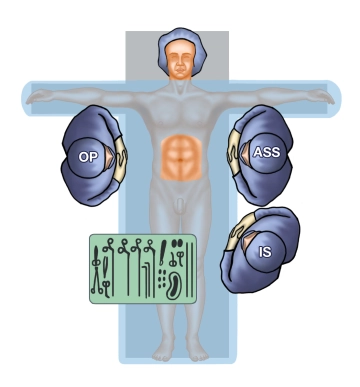Indications for the application of an abdominal vacuum dressing include all conditions where:
The abdomen cannot be closed, one does not want to close the abdomen, one or more abdominal revisions are planned, and/or one wants to preserve the fascia; for example, in cases of an incompletely or not securely sanitized infection focus or in staged lavage procedures.
Examples of visceral surgical conditions include, among others:
- Abdominal compartment syndrome (in the context of pancreatitis, but also trauma),
- Ileus
- Peritonitis


